Roger and myself had left the Labyrinth and were now on our way south to Narcissus Hut, where would spend a night, and then to Cynthia Bay at the south end of Lake St Clair.
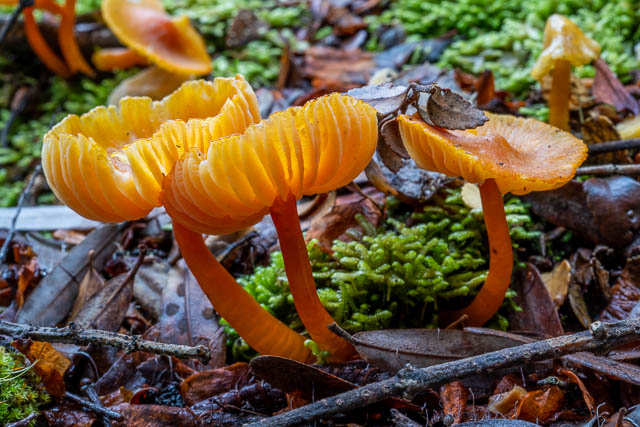
The weather was fine, mainly overcast but no rain – good weather for walking in valleys and in rainforest around a lake.
Before leaving Pine Valley, I took a few more photos of the fungi. Here are some –
Hygrocybe sp.
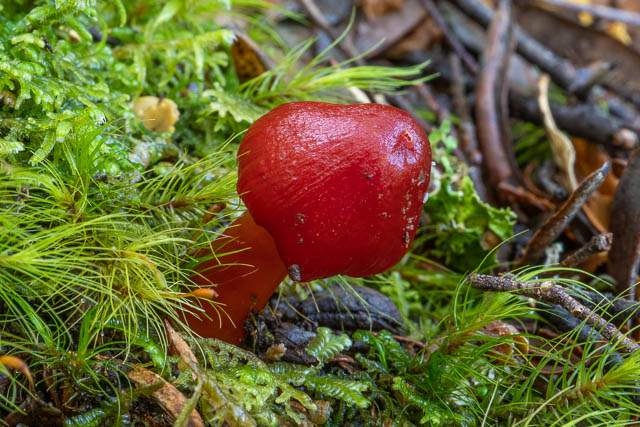
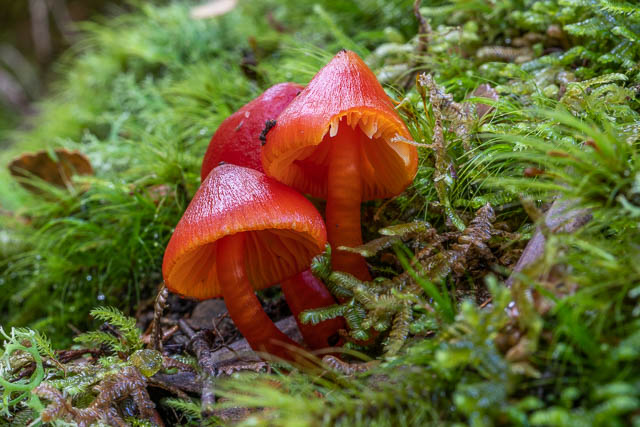
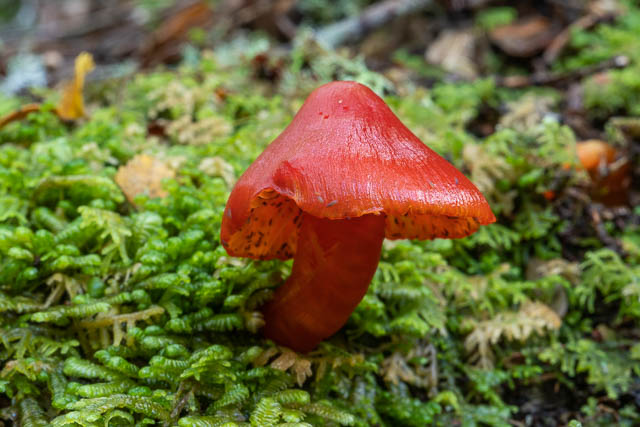
Hygrocybe apricosa
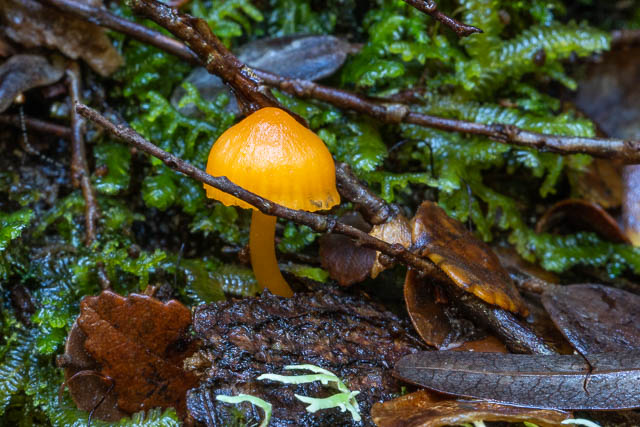
Hygrocybe reesiae
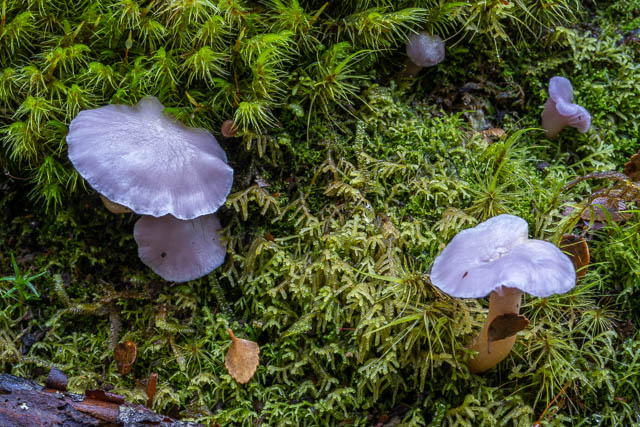
Gliophorus graminicolor
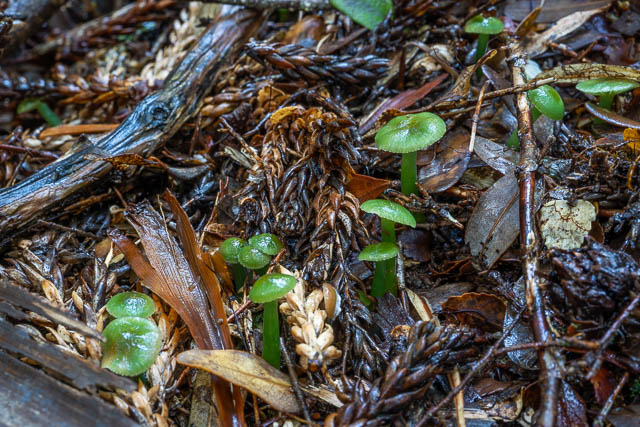
Hygrocybe anomala
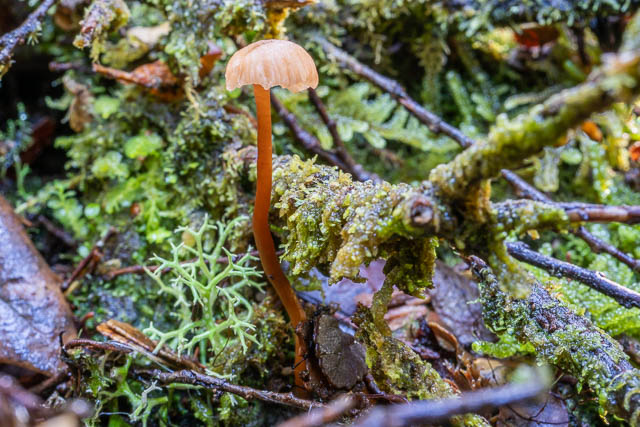
We had lunch in the sun on the helipad near Pine Valley Hut, then headed of for Narcissus. It was a pleasant walk.
When we arrived, Mt Olympus was shrouded in cloud.
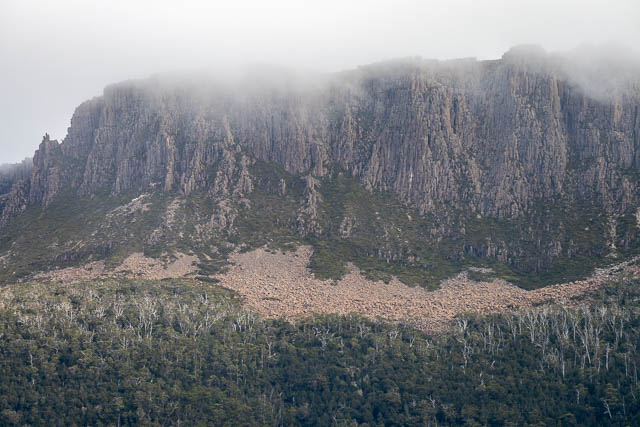
I went down to the jetty in each of the Platypus, but this time had no luck. I did spot some nice birds. First a Tasmanian Thornbill –
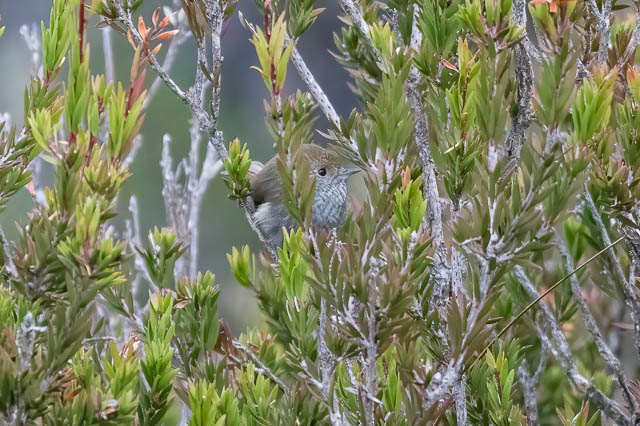
And a Yellow-throated Honeyeater –
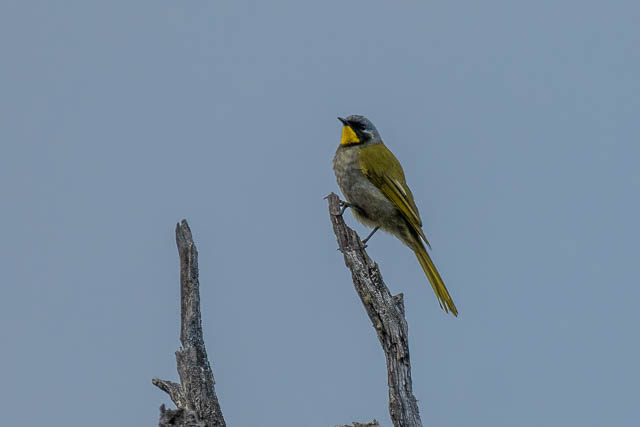
A Bennett’s Wallaby was outside the hut –
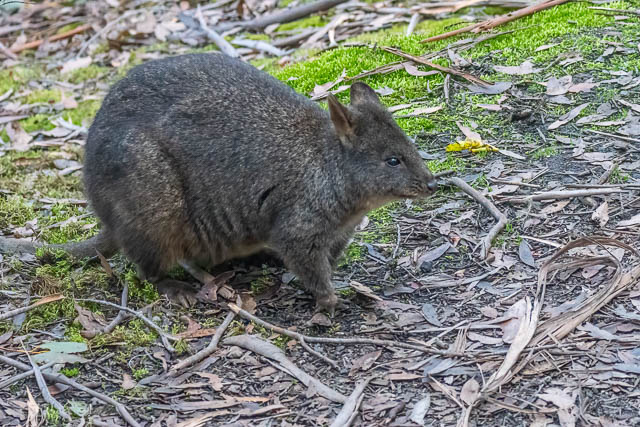
That evening there was only Roger and myself staying in the cosy Narcissus Hut.
I was hoping that the walk around Lake St Clair would be good for fungi. It was! Here are some I saw on the way to Echo Point –
Hygrocybe sp.
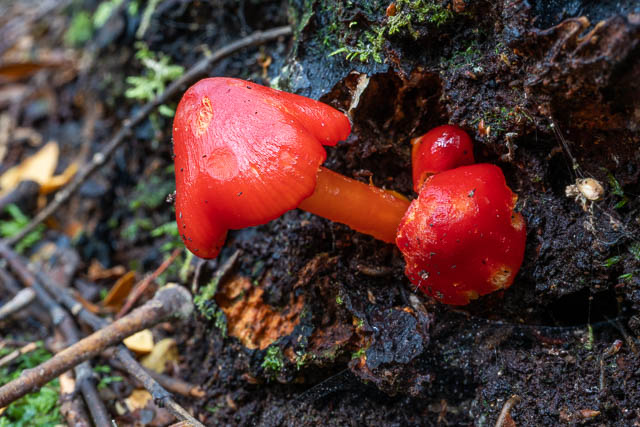
These red waxcaps were growing from the end of a log. This is unusual – waxcaps are supposed to only grow on soil. I did see plenty of others growing on moss covered logs.
Hygrocybe astatogala
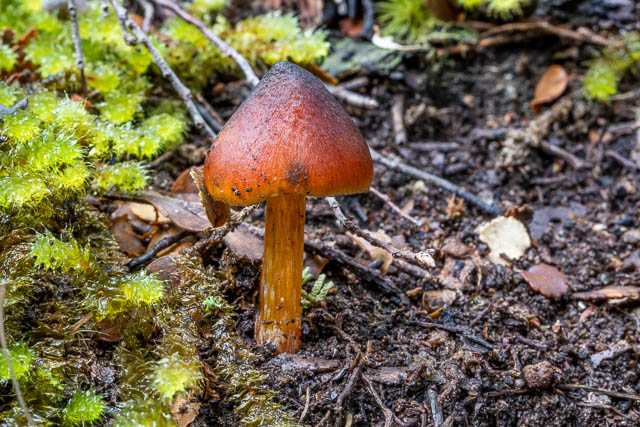
Hygrocybe reesiae
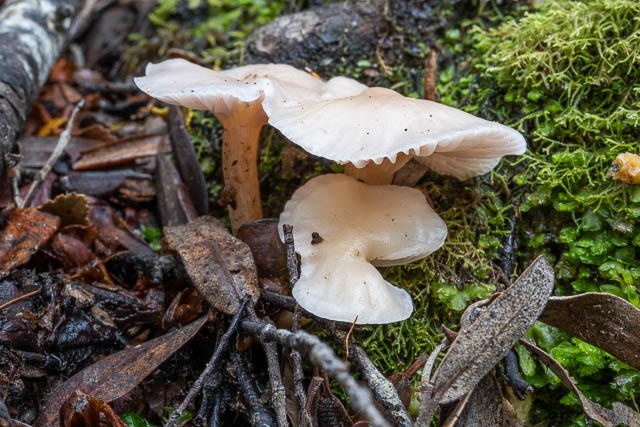
Porpolomopsis lewilliniae
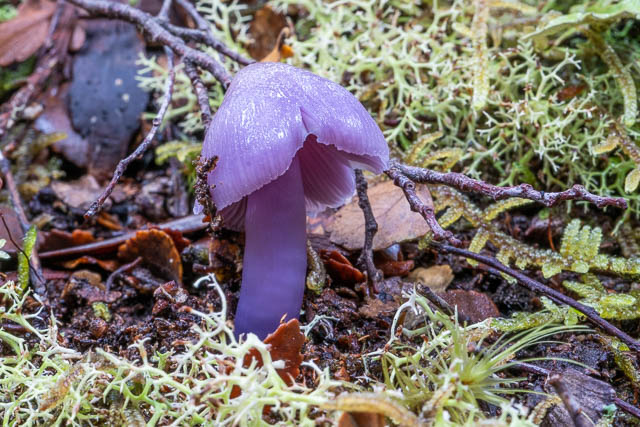
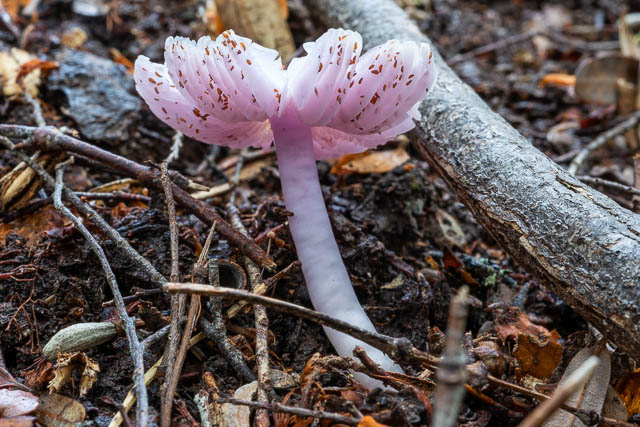
Here you can see all the Springtails –
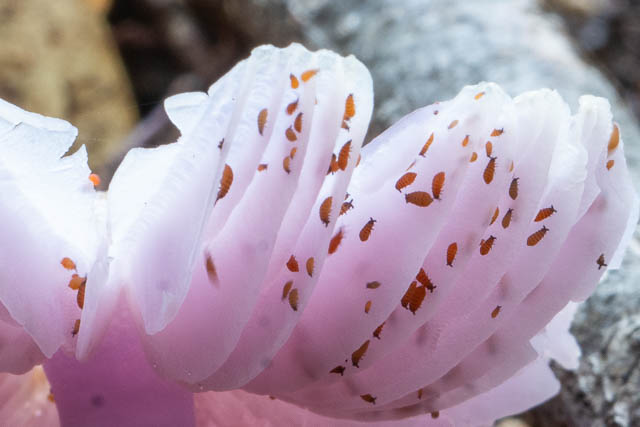
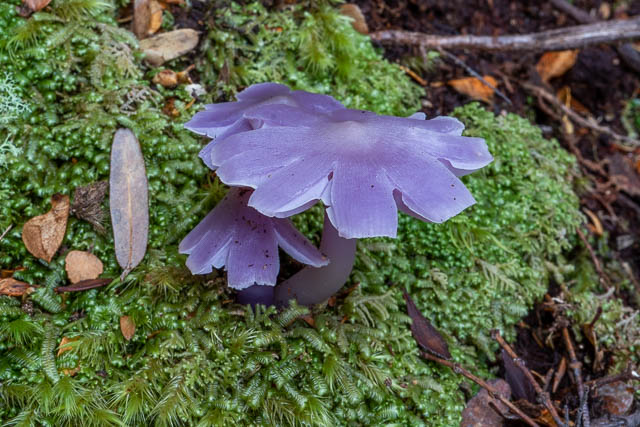
And the White version – Hygrocybe mavis –
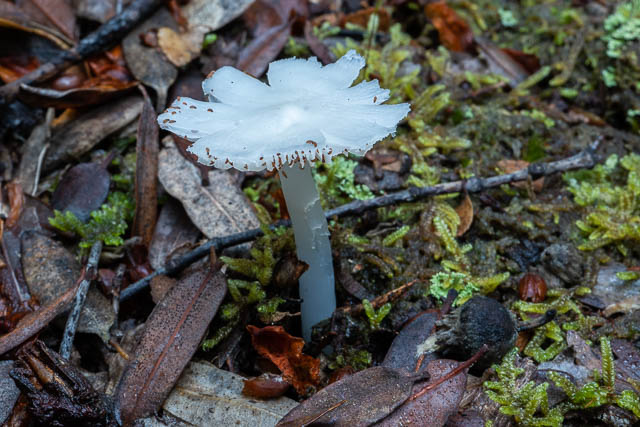
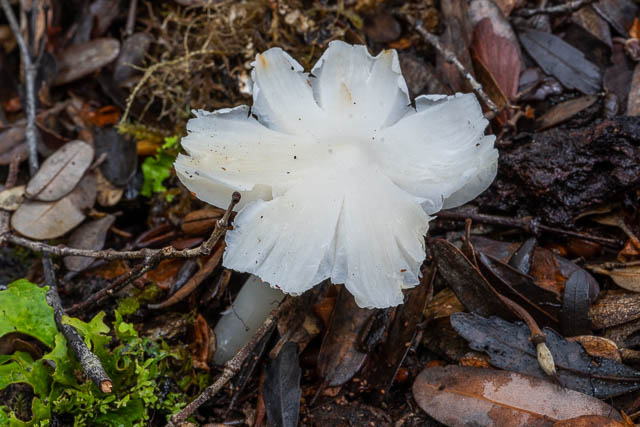
And now for some red waxcaps. Best to say Hygrocybe sp. –
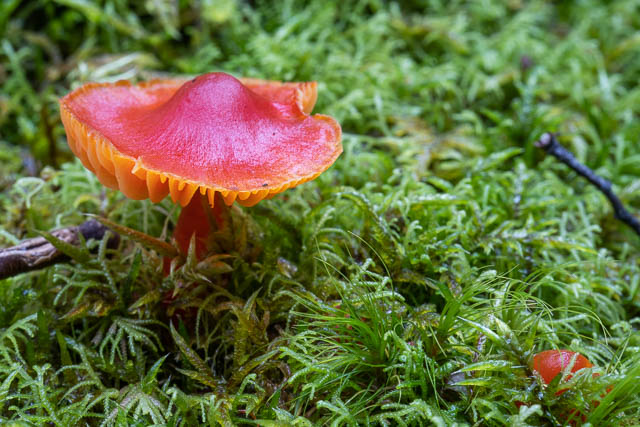
Although this one is probably Hygrocybe firma –
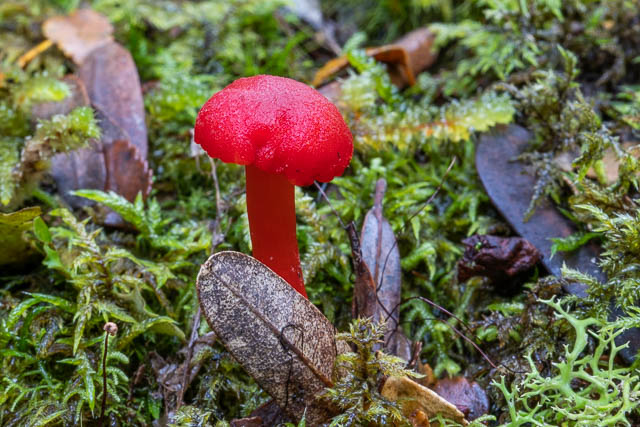
Hygrocybe sp.
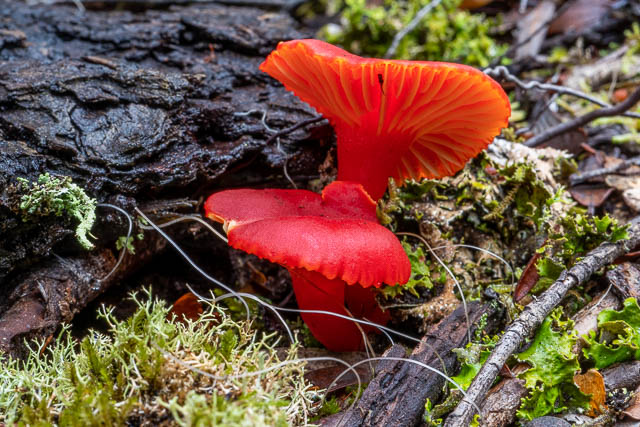
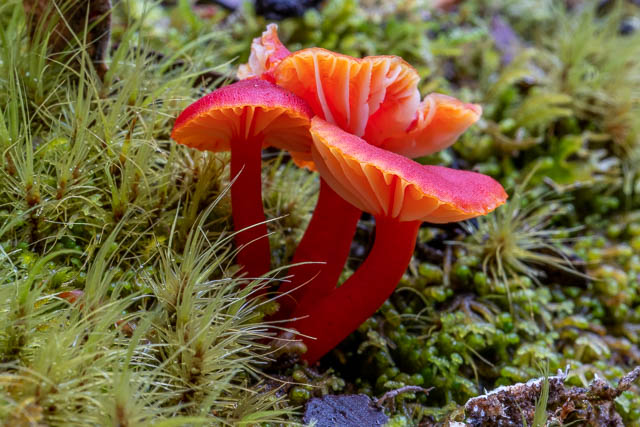
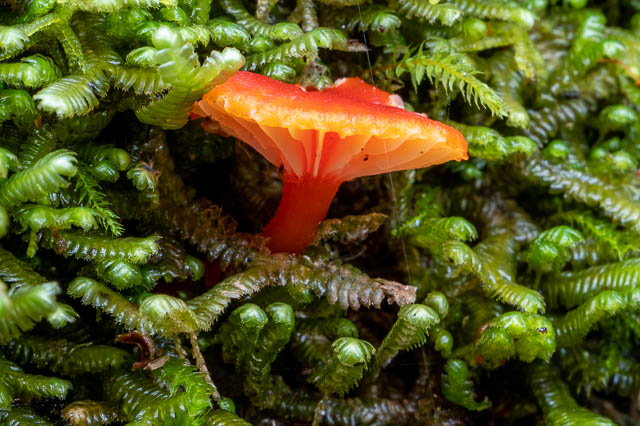
Hygrocybe sp.
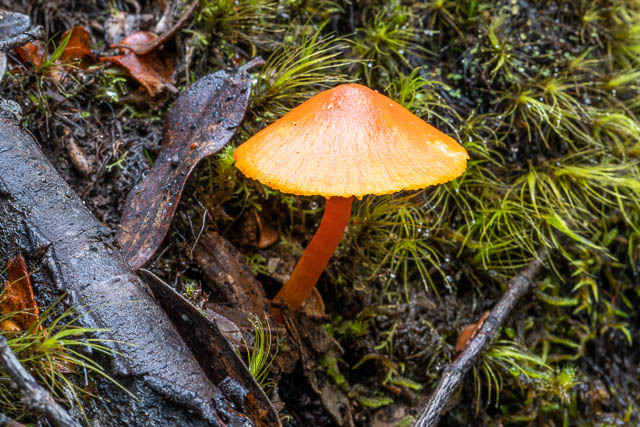
Hygrocybe sp.
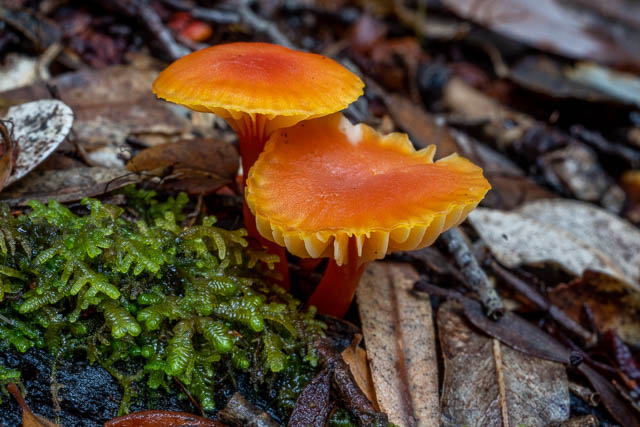
Hygrocybe lilaceolamellata
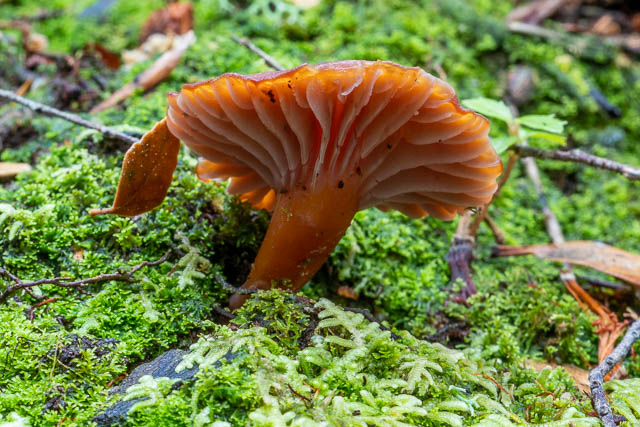
Gliophorus graminicolor
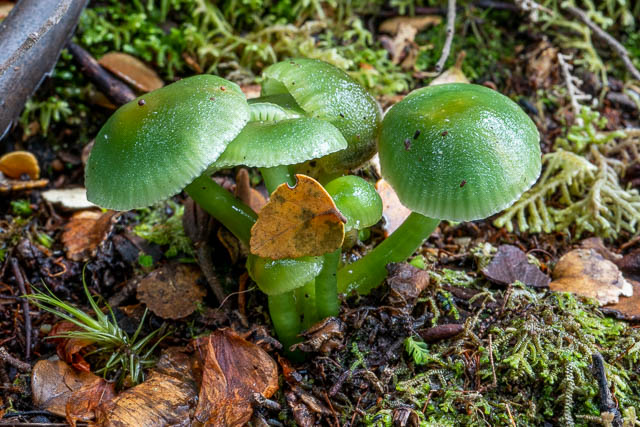
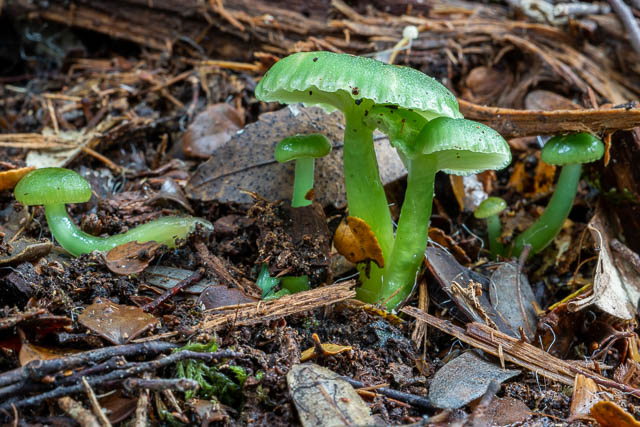
Ophiocrodyceps robertsii
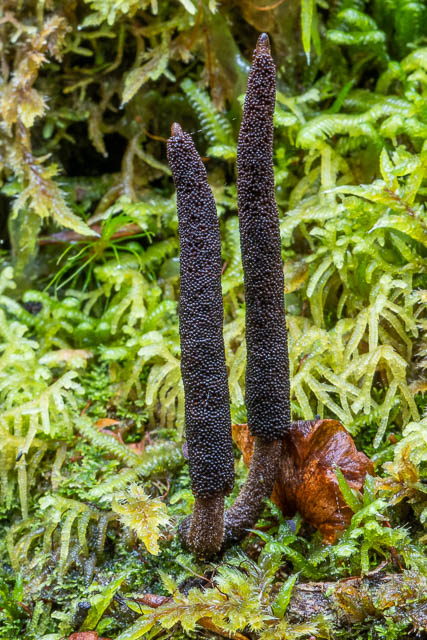
Clavulinopsis sulcata
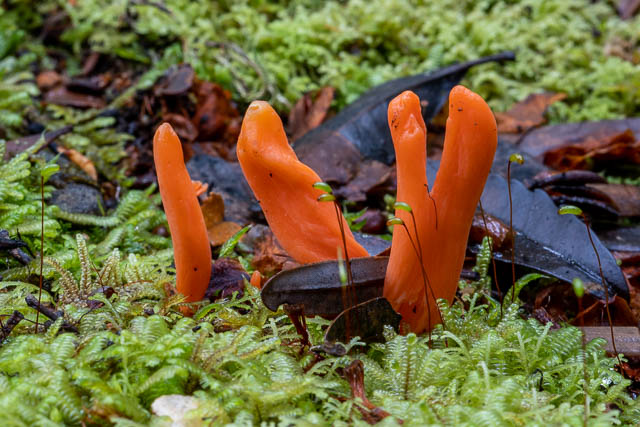
Ramaria sp.
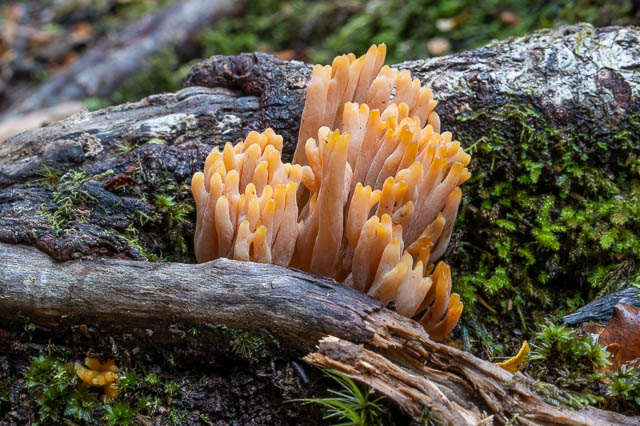
The new jetty at Echo Point was a good place to stop for lunch.
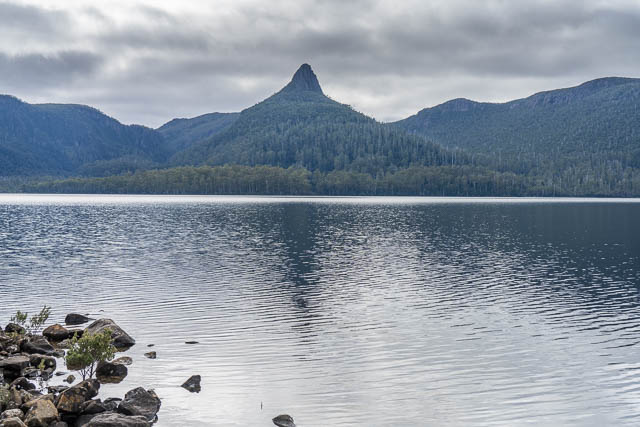
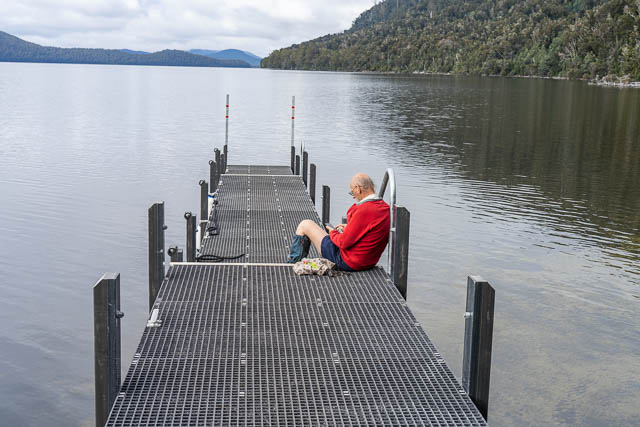
Then some more fungi on the way to Cynthia Bay. Near Echo Point seems to be a fungal hotspot.
Hygrocybe firma
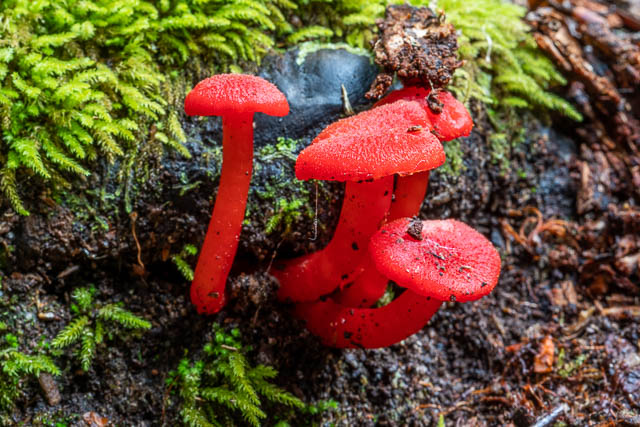
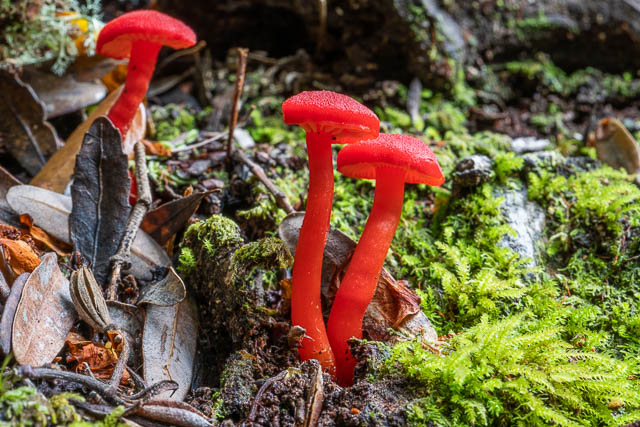
Hygrocybe sp.
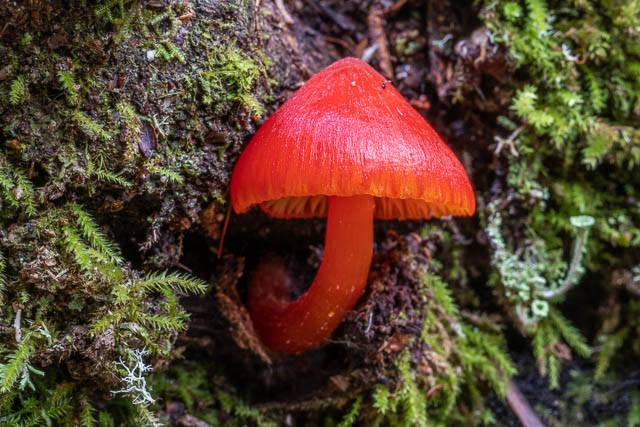
Gliophorus chromlimoneus
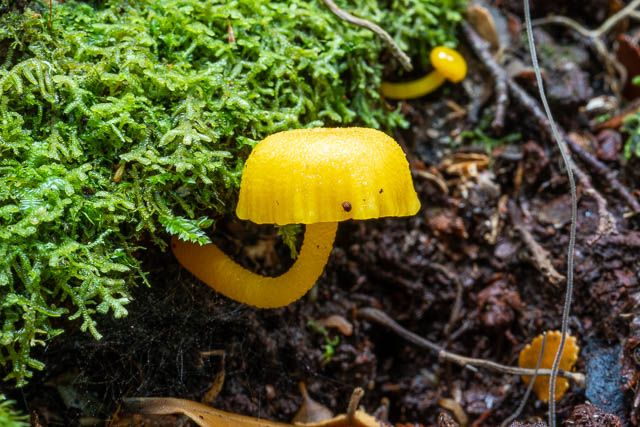
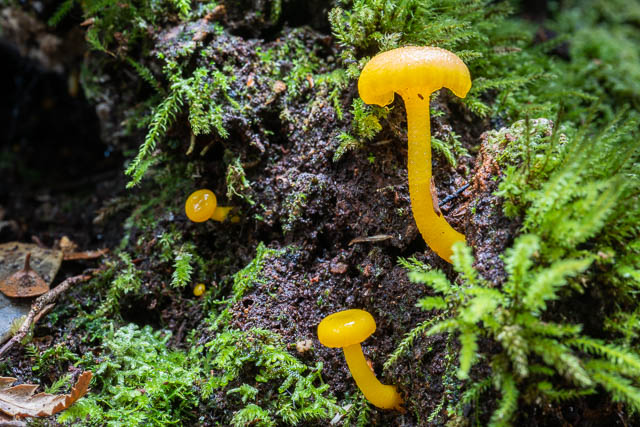
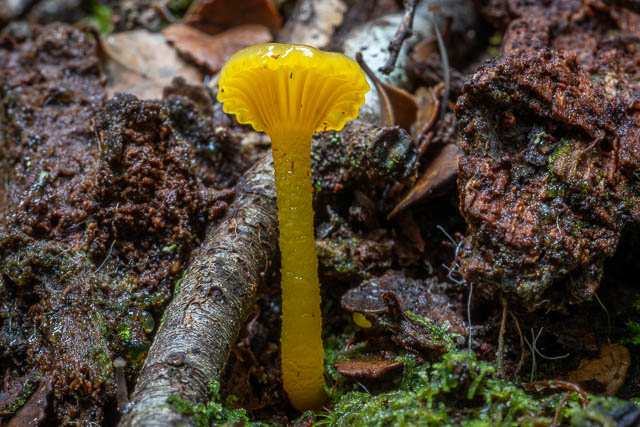
Hygrocybe lilaceolamellata
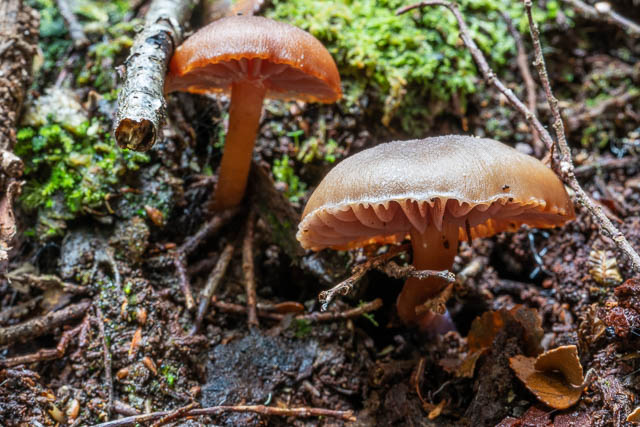
Roger spotted this nice cluster of Cytttaria gunnii. They grow on the Beech (Nothofagus cunninghammi) as a parasite. They appear around December, and then fall off. These ones had long fallen off and turned black.
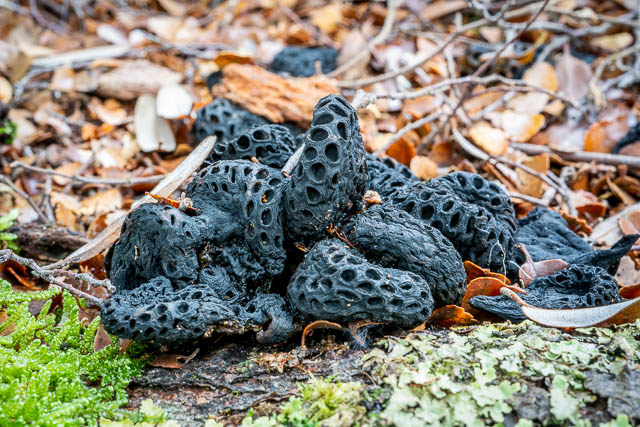
Around the back of a tree was a great cluster of red-orange waxcaps. Hygrocybe sp. These ones start off red and conical in shape. Then as the fungus grows, the cap flattens and develops an umbo, and the whole fungus turns orange.
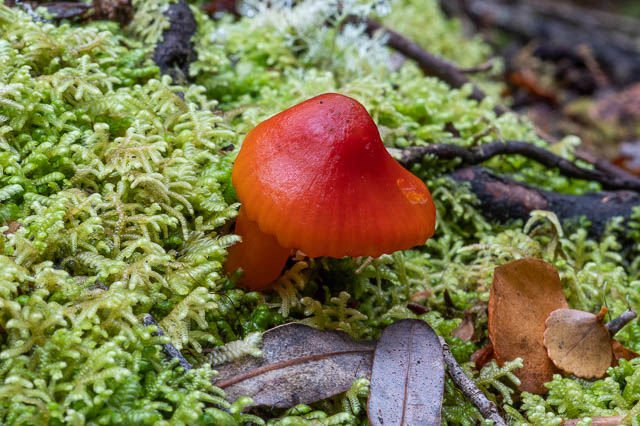
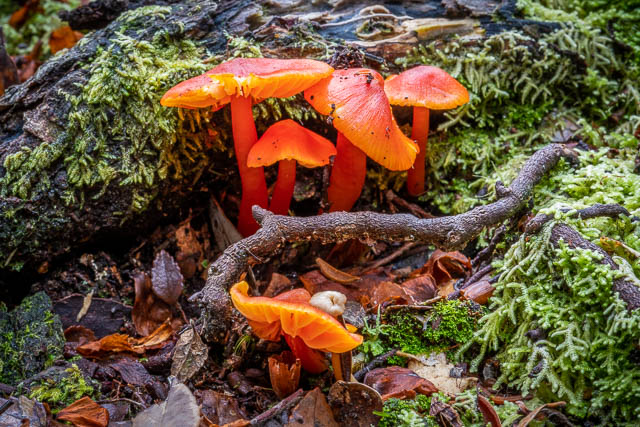
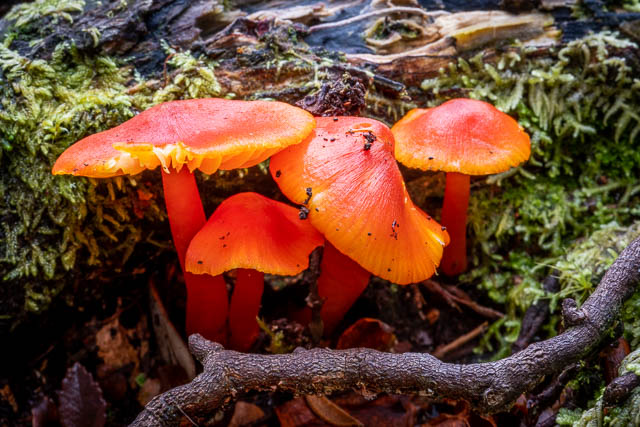
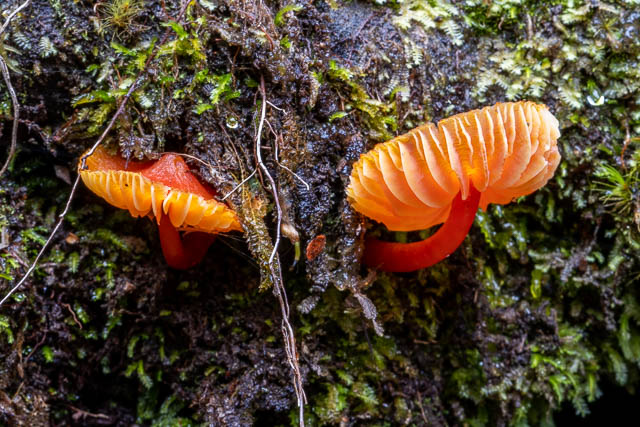
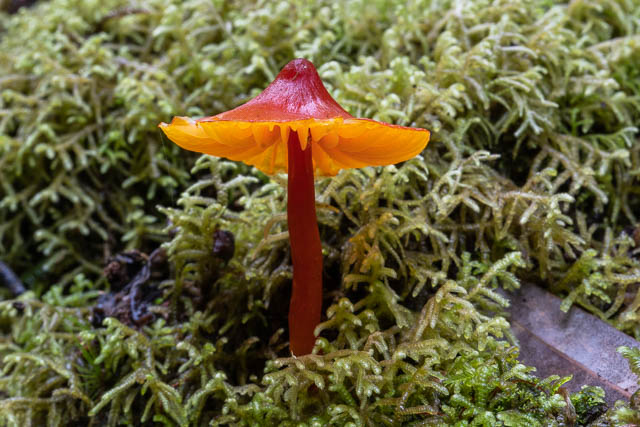
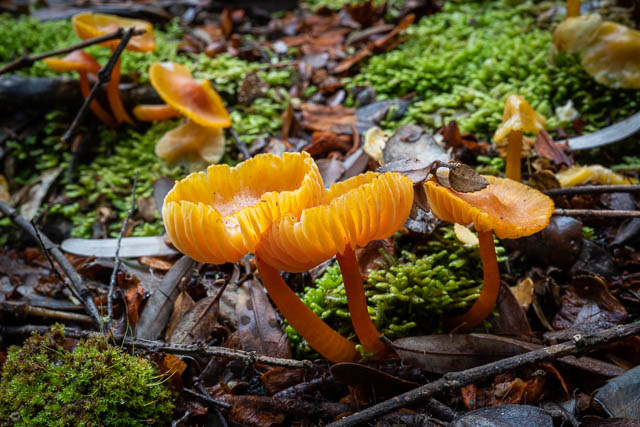
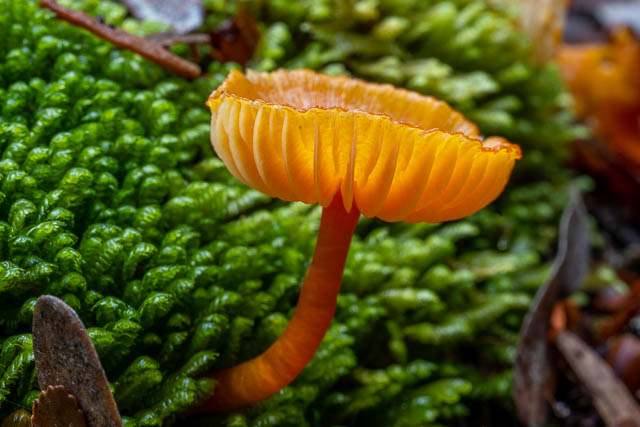
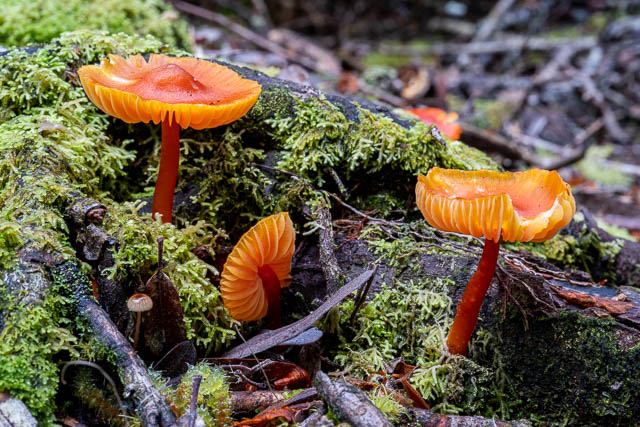
Hygrocybe apricosa
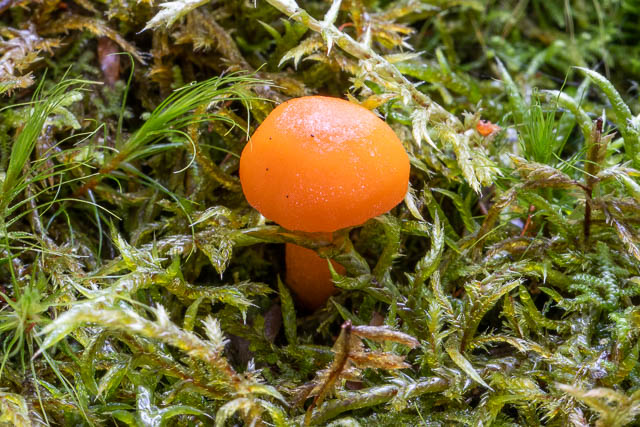
Hygrocybe batesii
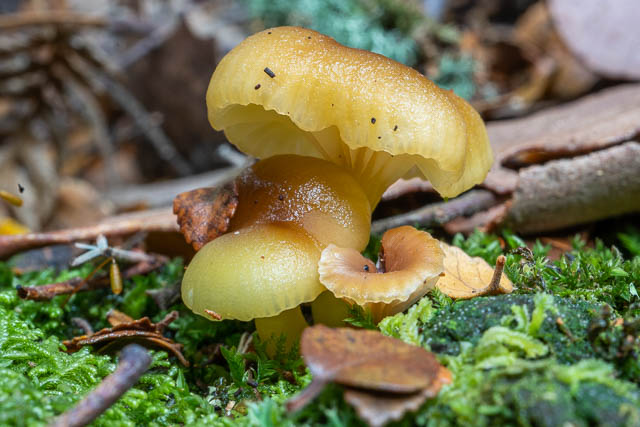
Hericium novaezealandiae
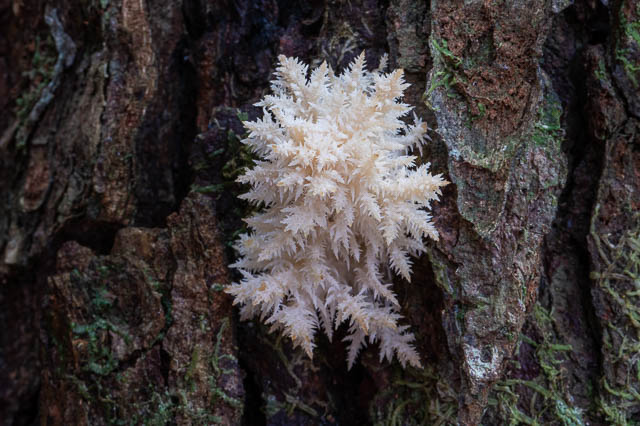
Lycoperdon pyriforme
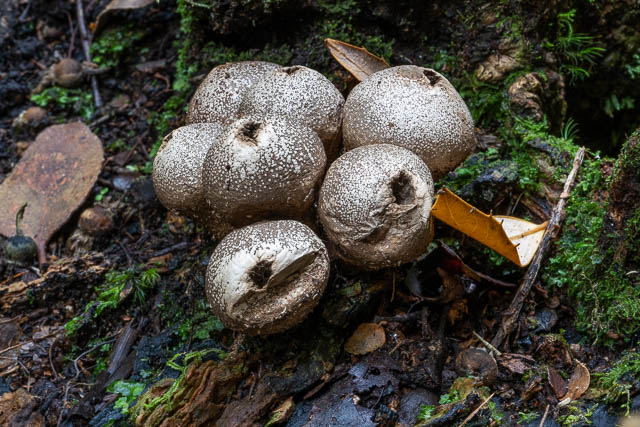
Entoloma sp, perhaps Entoloma indigoticoumbrinum
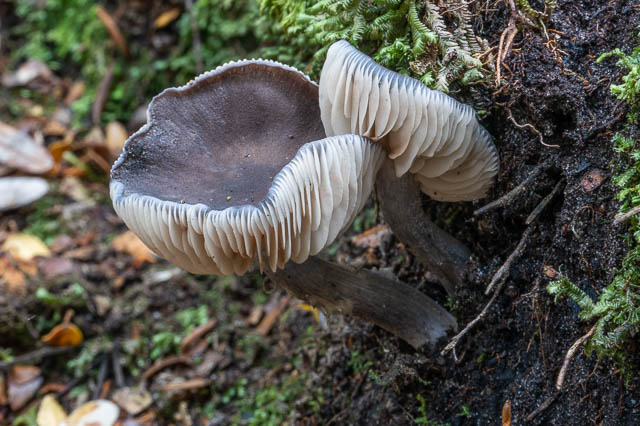
Hypholoma sp.
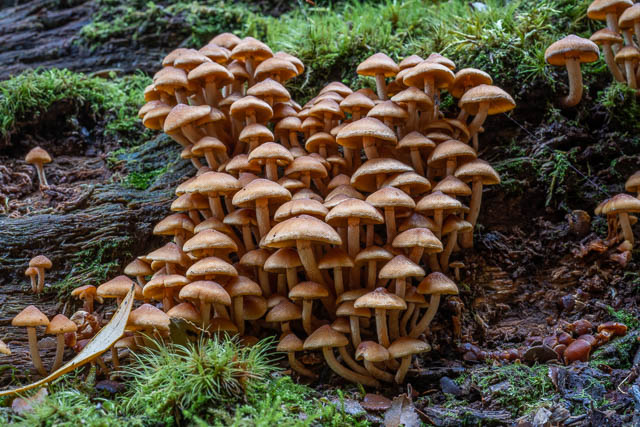
These photos represent only a tiny fraction of the fungi we saw along the track.
But it was nice to reach the visitor centre, where we enjoyed a hot shower and then a cool drink in cafe. We would then spend another night in the Drumlin Bunkroom before catching a minibus to Launceston the next day.
